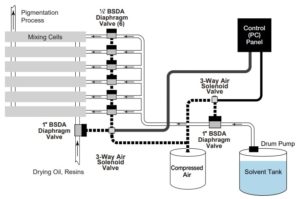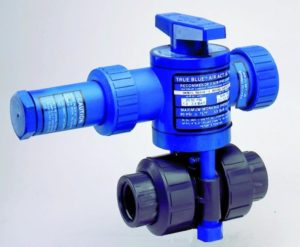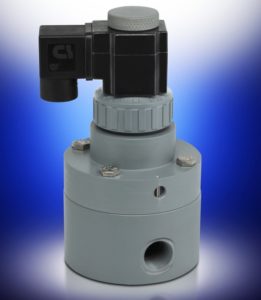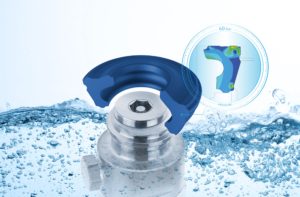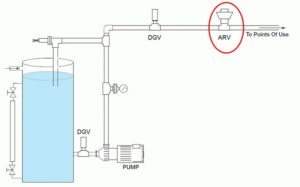High Speed Valve Simplifies Fertigation System
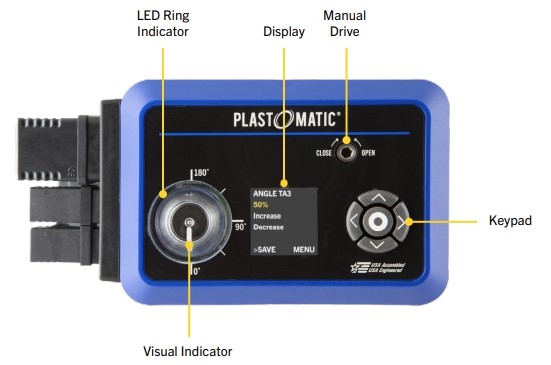
Display and keypad enable the user to easily program an additional position on the actuator.(Plast-O-Matic Valves, Inc.)
Incoming water pressure may vary considerably, anywhere from well water to municipal systems as high as 100 PSI or more.
Problem: One system manufacturer used a combination of a diaphragm style solenoid valve and a flow control valve on the supply side. The solenoid valve provided the instantaneous shutoff capability required for precise nutrient dosing, and the flow control valve ensured that the flow rate was dialed in to the system requirements. The arrangement worked, however, it was inefficient and hampered productivity. This was due to the inherently low flow rate of the valve combination, which also required a drain line.
Solution: Plast-O-Matic engineers determined that the inefficient system could be eliminated with a high flow ball valve that provided the quick closing accuracy of the solenoid valve. While ball valves aren’t usually thought of for speed and precise dosing, Plast-O-Matic’s recently developed high speed CAFE FAST electrically actuated ball valve was installed. The “fast” aspect of the actuator is quite unusual, as it is capable of a full 90º quarter turn in just one second. In addition, the CAFE FAST offers a screen-programmable 3rd position option. This allows the user to designate an additional position at which the actuator will stop, and can be set anywhere within the 90° working angle.
With the CAFE FAST now in place, the system was set to perform the following functions:
- CAFE FAST high speed actuation allows for nearly instantaneous operation. This speed was similar to the solenoid valves and provides the required bubble-tight shut-off.
- The 3rd position is used for feed, and is dialed in for each installation to provide a very specific flow rate with extremely high accuracy.
- The fully-open position of the valve is used to perform the drain/flush operation.
Result: The anticipated improvement in the fertigation system effectiveness and dosing reliability were immediately apparent.
A number of other benefits were also realized, including:
Design Simplification
- Entire process is handled by a single valve
- An excess of potential failure points are eliminated
- System installation time is reduced
Precise Flow Control
- One-second actuation time provides rapid shutoff
- Programmable 3rd position offers specific flow rates at very high accuracy
- Higher flow rate eliminates waste and delivers nutrients more effectively
Additional System Improvements
- Full port valve allows system to drain/flush and eliminates dedicated drain line
- Low current requirements save energy, reduce costs
- High cycle life valve/actuator combination drastically reduces MTBF
Source: Plast-O-Matic Valves, Inc.

